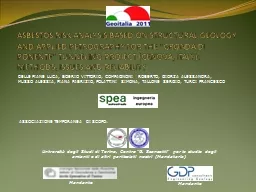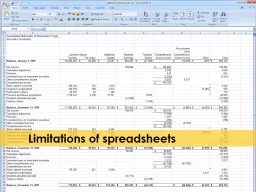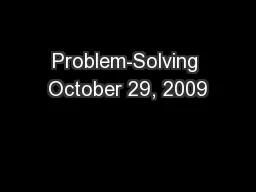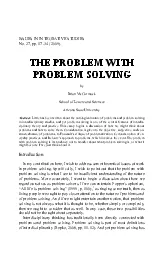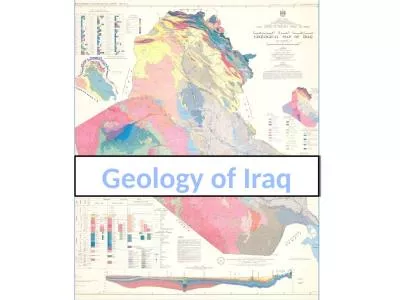PPT-USING TABLET/SMART-PHONE SPREADSHEETS FOR SOLVING COMMON STRUCTURAL GEOLOGY LAB/FIELD
Author : conchita-marotz | Published Date : 2018-09-22
David T Allison Department of Earth Sciences University of South Alabama dallisonsouthalabamaedu httpwwwusouthaledugeographyallisonresearchVectorMethodspptx Presentation
Presentation Embed Code
Download Presentation
Download Presentation The PPT/PDF document "USING TABLET/SMART-PHONE SPREADSHEETS FO..." is the property of its rightful owner. Permission is granted to download and print the materials on this website for personal, non-commercial use only, and to display it on your personal computer provided you do not modify the materials and that you retain all copyright notices contained in the materials. By downloading content from our website, you accept the terms of this agreement.
USING TABLET/SMART-PHONE SPREADSHEETS FOR SOLVING COMMON STRUCTURAL GEOLOGY LAB/FIELD: Transcript
Download Rules Of Document
"USING TABLET/SMART-PHONE SPREADSHEETS FOR SOLVING COMMON STRUCTURAL GEOLOGY LAB/FIELD"The content belongs to its owner. You may download and print it for personal use, without modification, and keep all copyright notices. By downloading, you agree to these terms.
Related Documents





